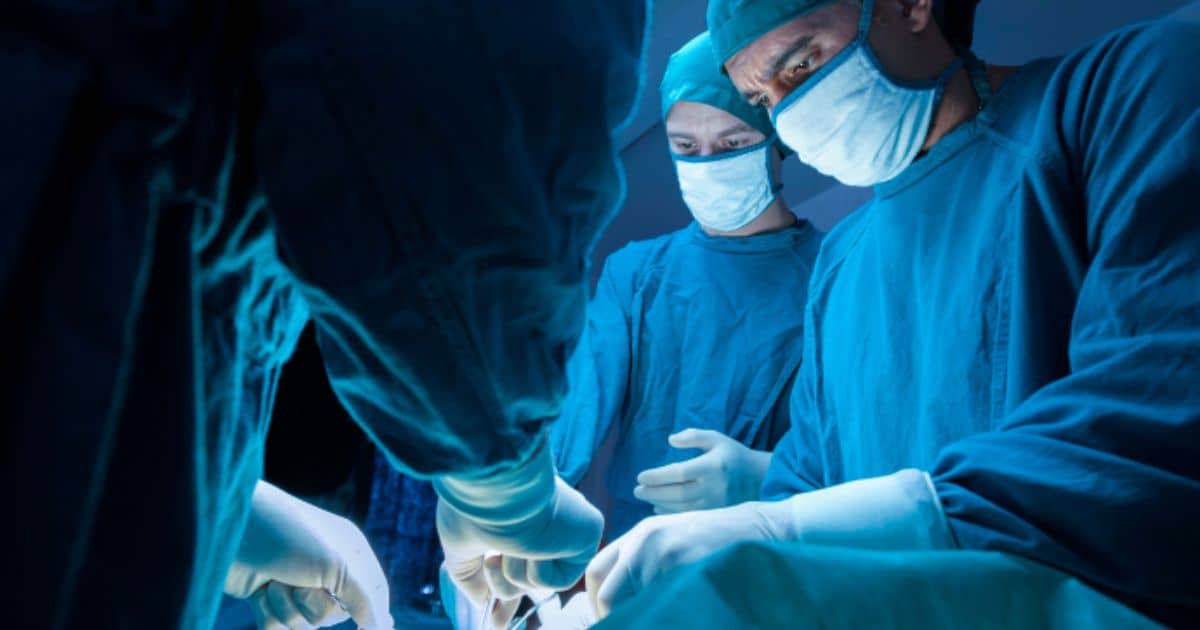
Video
University of Iowa Hospitals and Clinics Embrace Data-Driven Healthcare
Watch Now

Caresyntax Article
February 3, 2021
The COVID-19 pandemic has impacted the American hospital system in lasting ways. But while it has exacerbated and highlighted many of the trends affecting the industry, it certainly didn’t create them. In recent years, a substantial proportion of U.S. hospitals and providers have experienced enormous financial challenges that have contributed to hospital closures. Additionally, residency training has become increasingly difficult, and elective surgery has slowed—or in some hospitals, stopped—causing them to lose even more revenue. Despite these challenges, some hospitals have successfully overcome industry changes with innovative solutions in the operating room, and this model offers a path forward post-pandemic.
Technical and teamwork skills are two necessary components of success in the OR. Studies from Northwestern University and Creighton University found that technical and teamwork skills reduced surgical complications, total operations, and follow-up visits to the emergency room. At the University of lowa Healthcare, we saw an opportunity to capitalize on evolving technology to hone in on these metrics.
We embraced the opportunity to jump ahead of the curve and prepare for industry changes before they impacted us. We spearheaded a new OR initiative focused on monitoring and optimizing technical and teamwork skills. But we knew this would be a challenge to sustain without an innovative, technology-led approach. While it’s certainly possible for a human to observe a surgeon’s technical skills and teamwork during surgery, both are hard to quantify. Coupled with the speed at which the operation takes place and the possible obscuring of vision in a crowded OR, there are limits to what the human eye can capture. We knew we needed a tool that allows for easy monitoring and measurement of these aspects of surgical operations, while also using advanced analytics to monitor and facilitate work improvement over time.
We implemented technology from Caresyntax to capture the teamwork and technical skills of the surgeons at our hospitals. Their data-driven surgery platform allows us to monitor surgical outcomes, collaboration, and training, all while collecting valuable, real-world data and analytics for benchmarking comparison. With access to video feeds that analyze surgical teamwork and efficiency, we’re able to collect data that provides valuable, real-world insights.
A changing industry, impacted by a global pandemic, not only invites but requires innovative solutions. The ability to analyze surgical performance and teamwork dynamics through advanced technology can allow hospitals to respond to the pandemic’s challenges now while putting them in the position for future success. Optimizing surgical outcomes decreases the length of hospital stay and ultimately frees up extra beds—a necessity during COVID-19 and an opportunity for more elective surgeries afterward.
Each of these goals can be achieved by any committed organization at any time, but focusing on them now may be critical to organizational survival, making acting now equally critical. While they can begin skills assessment and teamwork monitoring quickly, it takes time to develop the consistent, methodical approach necessary to drive significant improvement. Once the pandemic subsides, OR innovation focused on technical skills and teamwork will be key to return to a more resilient normal.